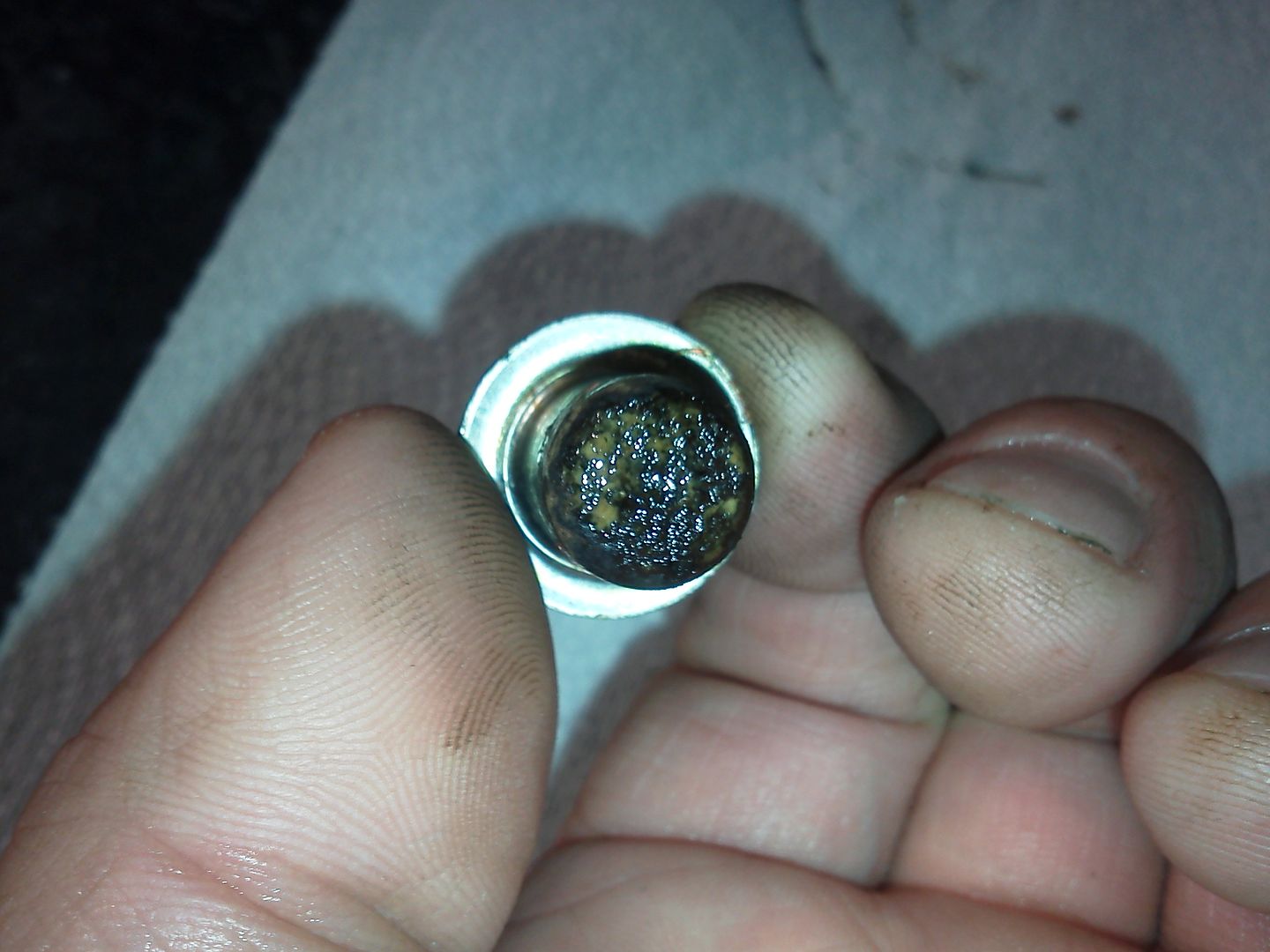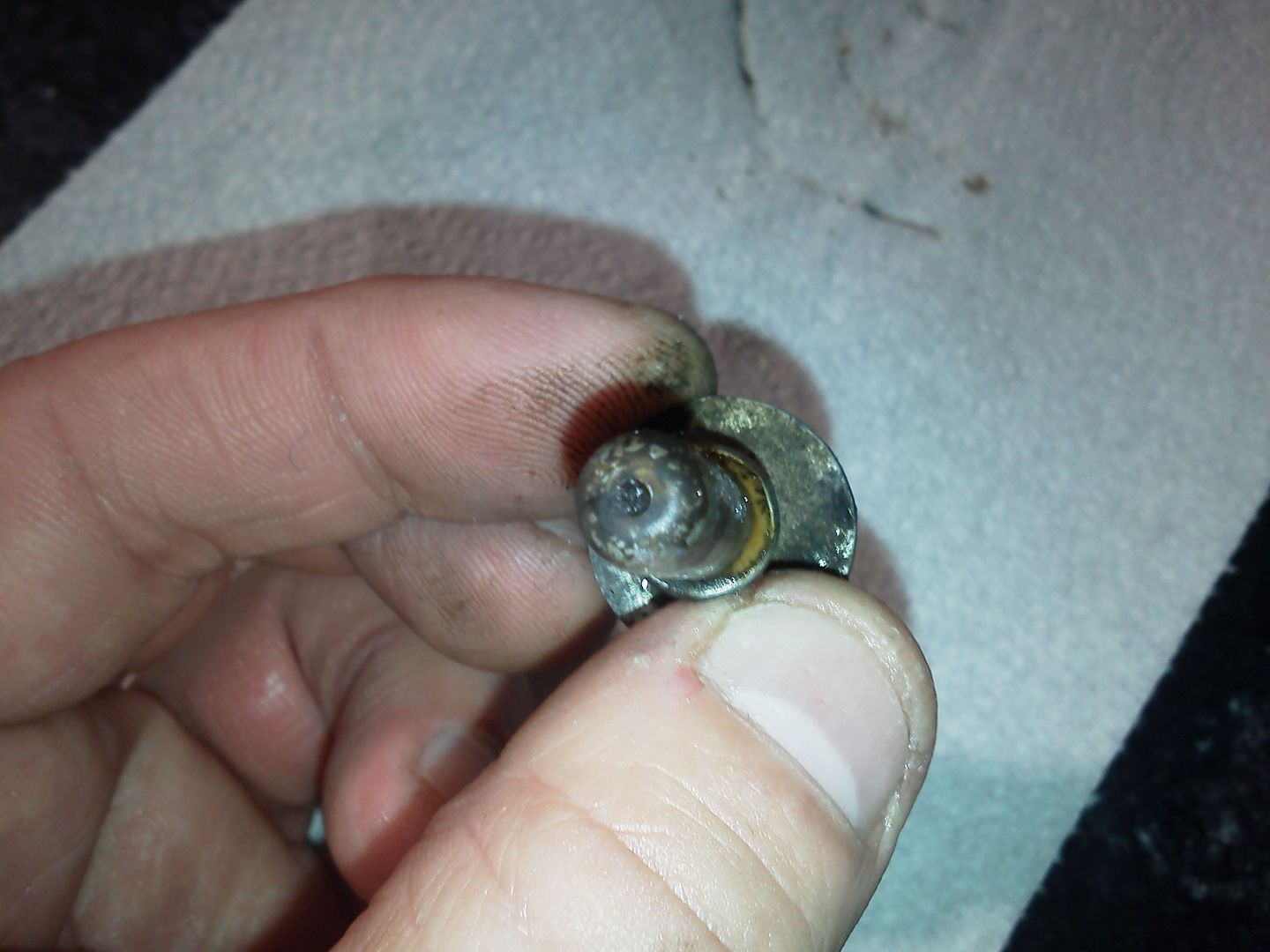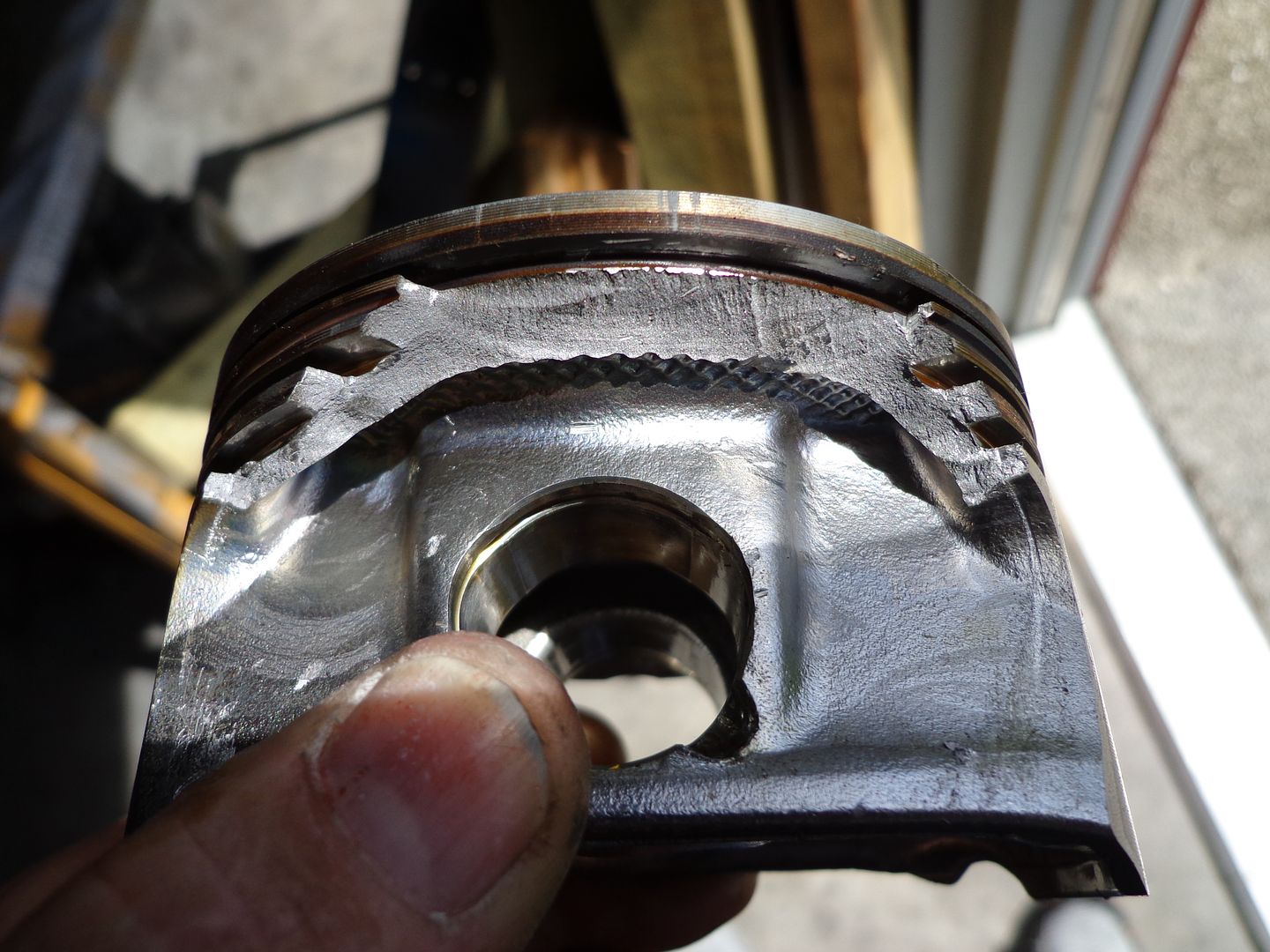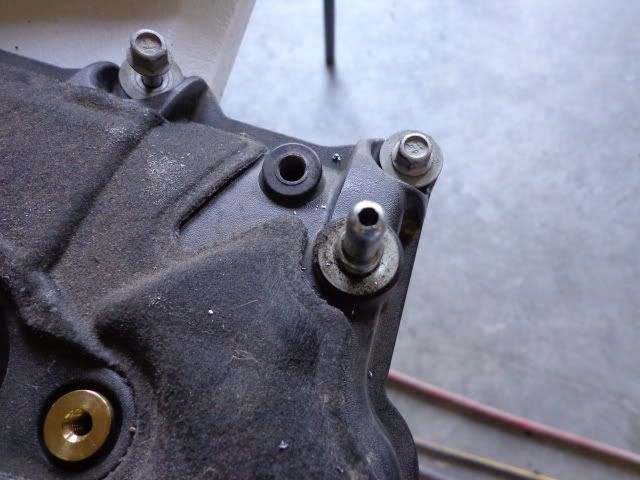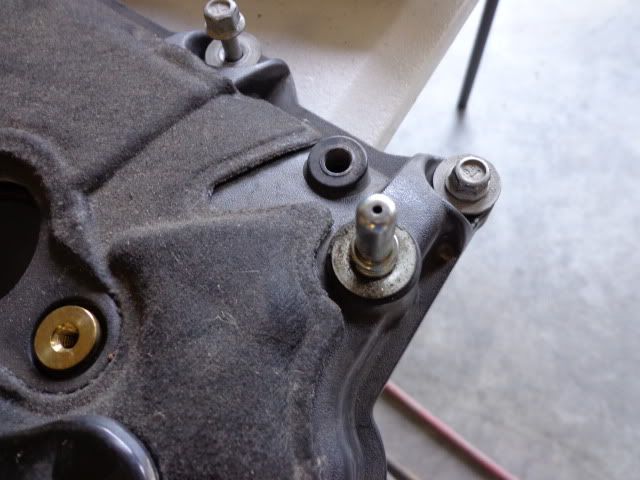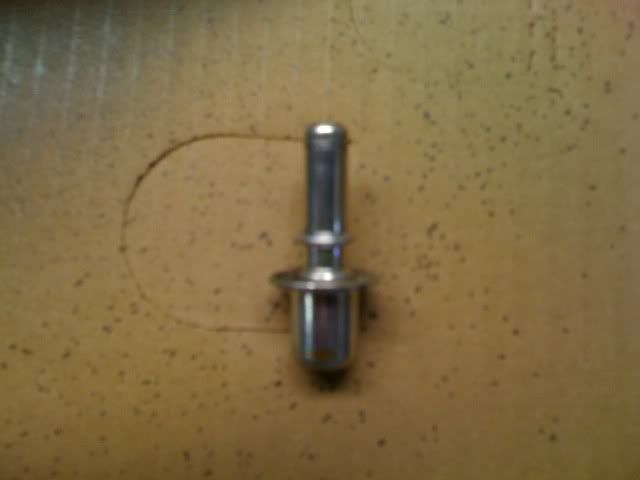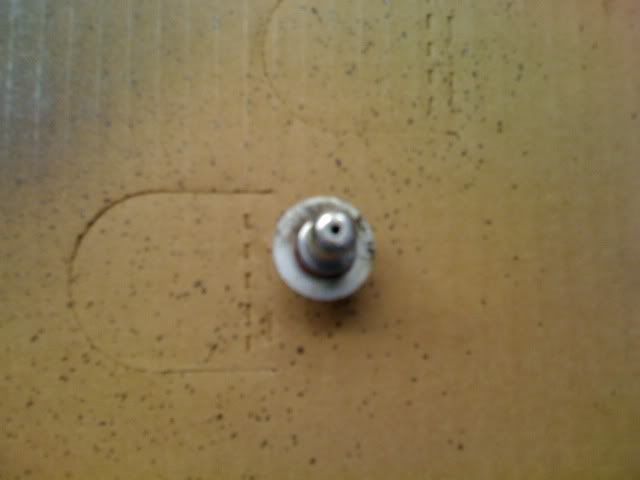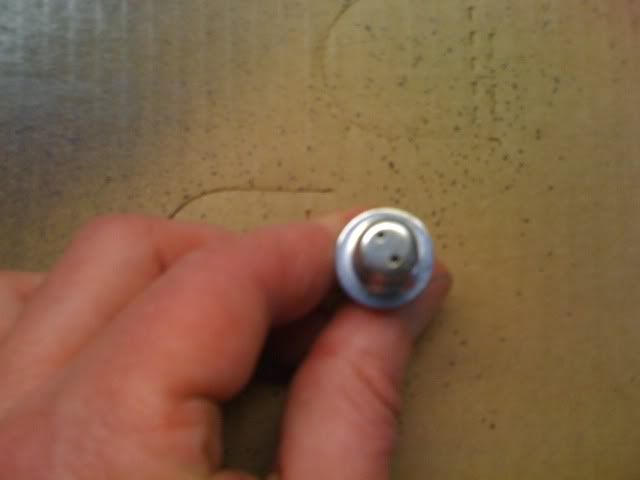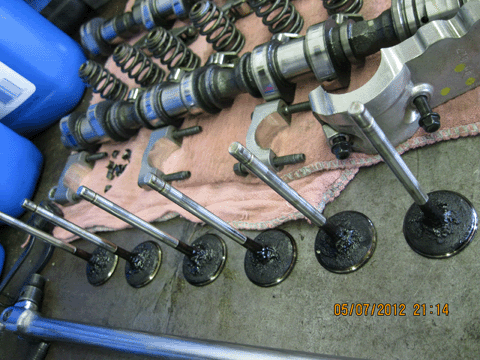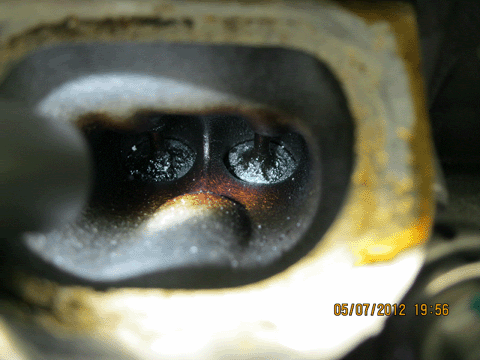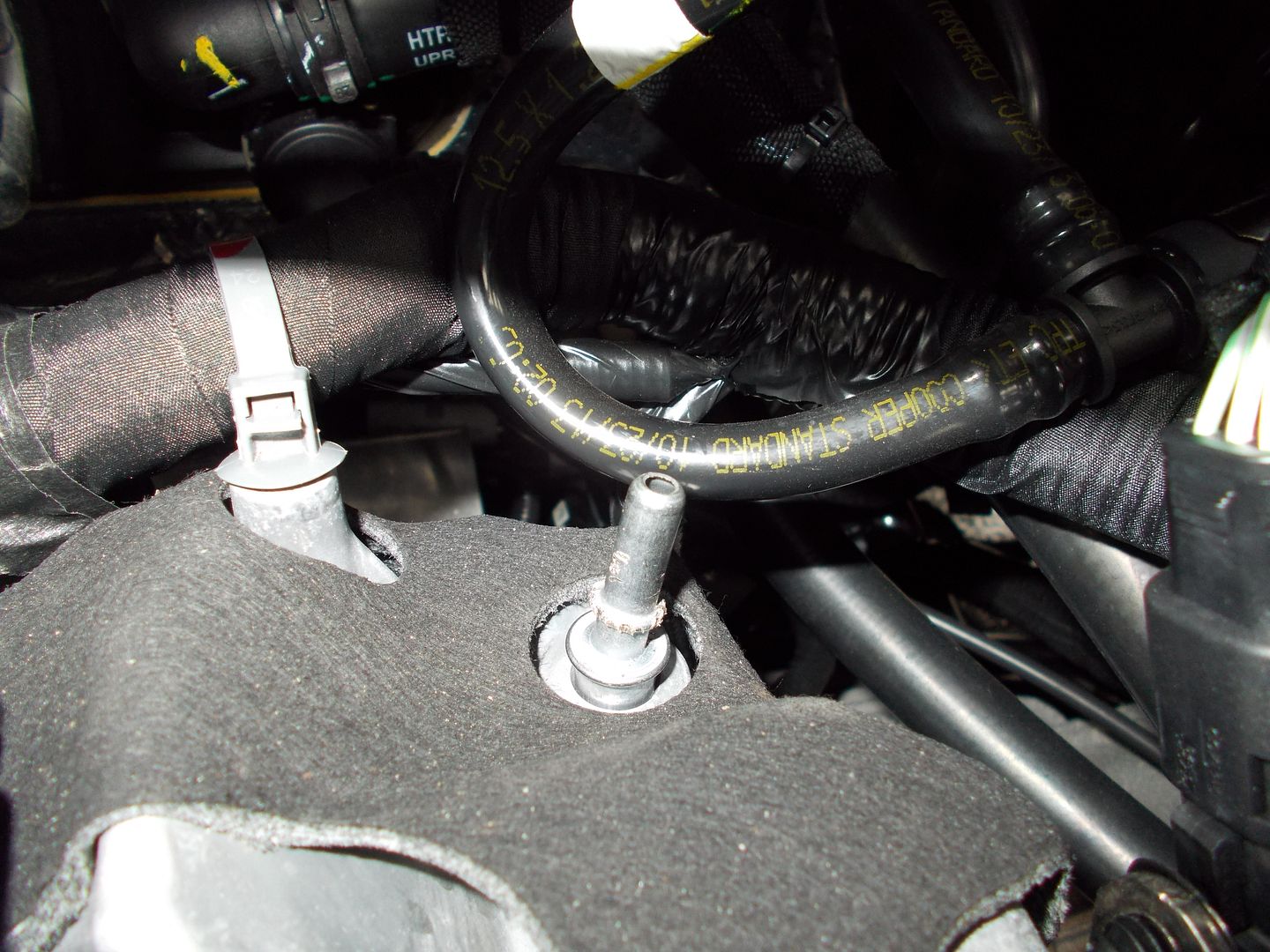This has been this way since the first GEn 3.6L non DI LY7 came out in 2003-2004. From 2008 on the 3.6LLT in other GM platforms already had the engine, Camaro has the LLT in 2010-2011 and the LFX 2012-2014.
Every PCV system has several functions, most not under stood or misunderstood. Most only look at the obvious, releasing crankcase pressure. But far more important long term is the constant evacuation of the combustion byproducts that will cause accelerated engine wear/damage if not constantly evacuated, or "flushed" from the crankcase while these are still in a suspended or gaseous state. If not, they condense and fall to the engine oil and coat internal engine parts when you shut down and the engine cools. So any shop/company/person that just defeats the PCV system with breathers, or breathered catchcans the engine will not live nearly as long (unless they change oil after every outing to remove these compounds) as one that has proper crankcase evacuation.
These include (will only list the most damaging as there are a ton):
Unburnt fuel: that contaminates the the oil diluting it and reducing it's ability to protect.
Water vapor: Also dlutes the engine oil and causes corrosion of internal engine parts. Many see this as a milky sludge under the oil fill cap, but when you see this...damage has already begun.
Sulfuric Acid: After this reaches a certain PPM of concentration, it attacks all metal in the engine. The most visible is the discoloration of the drivers side valve cover underneath on a LS3 V8 vs the passenger side that stays flushed, most common internal damage is the acid attacking the bearing surfaces and crank and cam journals. Seen as tiny pits on the journals, and etched "blotches" or "worm tracks" on the bearing surfaces.
Abrasive carbon particles:
The larger ones the oil filter medium will catch, but the smaller ones pass right through and are constantly accumulating in the engine oil and accelerating wear.
How this is prevented by the PCV system is as follows:
LLT & LFX V6:
Clean, filtered and MAF metered (measured) fresh air enters the rear of the drivers side cam/valve cover from the main intake air tube where it passes the valve train, travels down into the main portion of the crankcase, all the while "flushing" or evacuating these compounds while still in suspension, up the passenger side, past the valve train, and out the rear of the passenger side valve cover through the fixed orifice as shown in the pictures, which is them drawn into the intake manifold using the vacuum present to keep these constantly drawn out and out of the crankcase before they can accumulate and cause damage. Then the majority of these are burned harmlessly in the combustion process and further in the catalytic converter.
The issue most auto manufacturers face is the oil mist that is drawn through with this and causes the oil ingestion issues many experience, but they can be trapped by a properly functioning catchcan like the Elite, SMC, RX and a couple others (most let a good amount of oil to pull right through and are not worth installing). The issues is to try and slow this oil ingestion, the manufacturers (GM specifically in this example, but most experience this) is the standard PCV valve has been replaced with these fixed orifices to slow the flow through. This slows oil ingestion, but the small size of the orifice (drivers side rear of valve cover in L((, valley cover in LS3, and passenger side valley cover in V6) allows deposits to form and clog these over time resulting in NO evacuation, and crankcase pressure backing up through the clean side (fresh) into the main intake air tube. On a modified engine, seal leaks and failures can occur, and all the damaging compounds will collect in and accumulate in the crankcase and engine oil. We have been posting on forums how to modify these to prevent this. The V6 the proper size to drill to is 5/64" both the top and bottom two (GM finally started with revised orifices mid-late 2013 and on to correct this, and no, there are no recalls. May be a TSB or two, but I have shared this with GM engineers for over 3 years on how easy of a change this is to correct....took that long to implement).
On the L99, it is in the rear of the drivers side valve cover barb and 1/8" will allow proper CFM of flow to properly evacuate, and the LS3 it is located in the valley cover barb and 1/8" is the size needed, but we prefer to always evac on any of the V8's from the drivers side barb as the valley cover leaves the entire drivers side bank stagnant allowing the acid to attack the rocker pivot needle bearings and races.
So, this is an easy DIY for those wanting to avoid or correct this, as is the addition of one of the few oil separating catchcans that actually catch most or all the oil from causing the intake valve coking issues:
To do this mod, simply unhook the black plastic fitting from the barb by pushing aside the release tab, grab the base of the barb firmly with a plyers or vice grips, twist to break seal and pull straight up taking care not to break the plastic cam cover. Drill the top one and bottom two holes to 5/16" and then blow debris clear of barb, re install making sure to firmly seat the barb back in, reconnect the plastic fitting and your good to go.
Here are some more threads on the subject, and also, ANYONE with a defeated PCV system such as open breathers, open lines hanging down, a catchcan with both the dirty and clean sides run together into it and the intake manifold vacuum port plugged, or a vented catchcan (breather on top) you are slowly killing your engine prematurely, not matter how well you trust whoever did this. And any with a catchcan like described where the clean and dirty side are run together and then vented into the main intake air tube, the least you will see is damaged cat converters and unexplained misfires, the worst is bent rods and broken pistons from the water being ingested in a "gulp" as it burps from the can:
Understanding intake valve coking in DI engines
Understanding the causes of oil consumption in todays...
And I had a DIY on manually cleaning the intake valves but that seems to have gotten deleted..let me post that again.
Any questions or clarification, just ask.
👍
![Image]()
![Image]()
